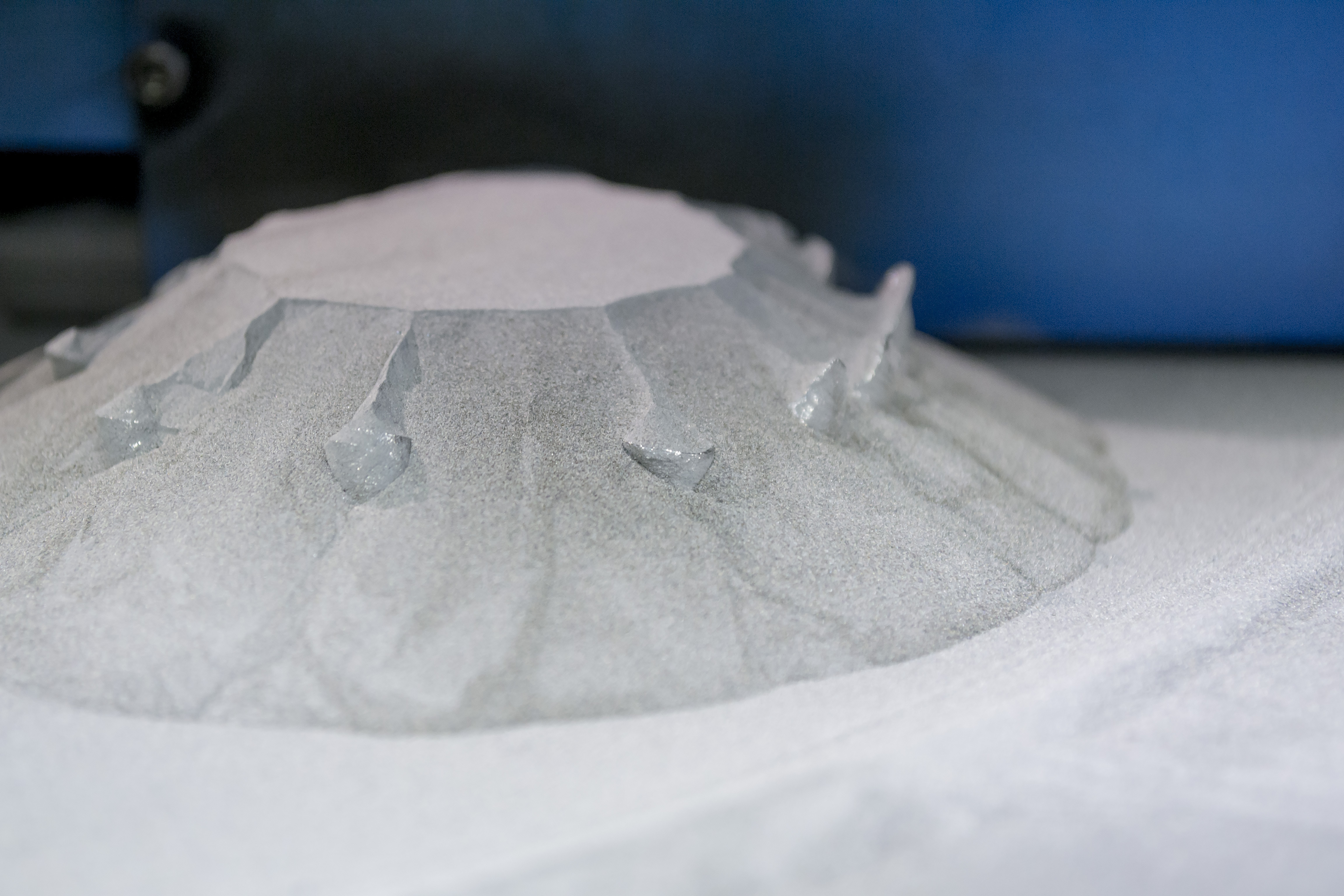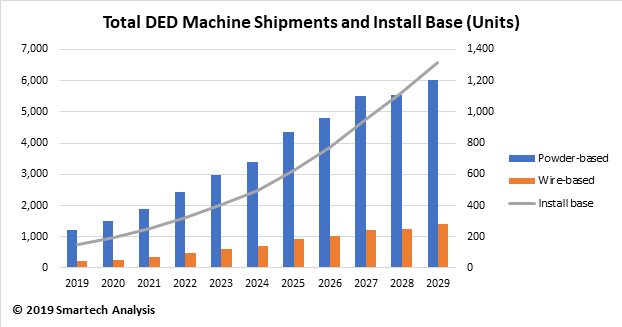If you take a look at 3D Systems 2013 10K, which became available on the 28th of February, you’ll see that organic growth for 2013 was $104 million. This represents 65% of total $160 million revenue increase for 2013. This means organic growth of the company was 29.4%, pretty good considering they fit within 3D Systems previously stated guidance and adhere to historic growth rates for the 3D printing industry (~ 30%).
There is a caveat, however. 3D Systems classifies organic revenues as any company that 3D Systems has owned for more than twelve months. Is twelve months really long enough to successfully integrate acquired resources and technologies into 3D System’s larger operations? If it isn’t, this would essentially mean that 3D System’s truly “organic growth” would be overstated.
This is all a big deal, of course, because of 3D System’s aggressive acquisition strategy over the last five or so years. By our count, 3D Systems acquired 33 companies from August 2009 to May 2013. Since then, it has added at least twelve more to the fold. This kind of conspicuous behavior usually perks the ears of market analysts and investors. Some cynical analysts might view this as a tactic to pad les impressive growth numbers.
Certainly, the case can be made to use twelve months as a cut-off for the term “organic” in 3D printing. Many of the companies 3D Systems have acquired are not much bigger than a start-up. It is believable that these smaller operations could be integrated into 3D Systems quite quickly.
Also, a twelve month period matches the development cycle for new equipment releases in the 3D printing industry. It makes sense that when new technologies have been infused in the new annual product line, it should all be counted as organic. Another argument might be that, given the similarity of many 3D printing technologies, it may be easier to integrate new 3D printing technologies with existing ones than perhaps other advanced technology sectors.
But to SmarTech, twelve months still seems a tad optimistic. This is especially true given the large number of acquisitions 3D Systems has made over a very short amount of time. Integrating this quantity of resources and new technologies into your product line takes time. It is a bit of a hard sell that all of these resources and technologies could be seamlessly integrated into 3D Systems operations in twelve months or less. Perhaps 3D Systems should fall in line with many other industrial sectors and use a more conservative timeframe for measuring organic growth.
If this is true and true “organic” growth is actually slightly lower than 29%, should this concern investors? For those with a large investment window, not too terribly much. The bundle of technologies defined as additive manufacturing or 3D printing offers real value as a prototyping, educational, and manufacturing tool for the right applications. These technologies will only improve over the next decade and aren’t going away anytime soon.




